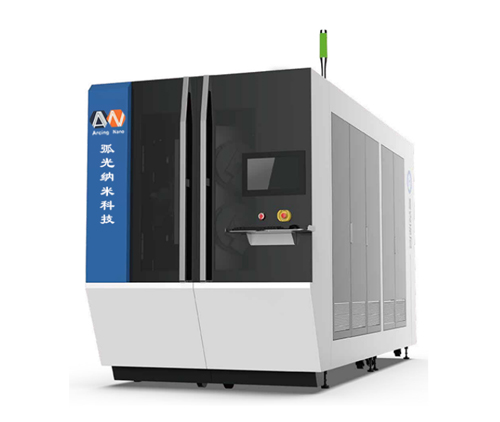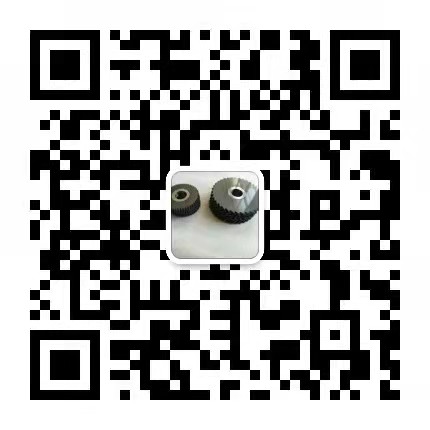
| Coating Process | AlCrN, TIN, TICN, DLC, CrN, etc. | |||
| Etch | IET | |||
| Number of Arc Sources | 8PCS | |||
| Equipment Structure | One-piece Construction | |||
| Equipment Specifications | 750*1000(mm) | |||
| Gas | High Purity Industrial Gases | |||
| Chilled Water | Pure Water 3bar、5m³/h | |||
| Average Power | 30KW·h | |||
| Energy Consumption of a Single Furnace | 200kwh | |||
